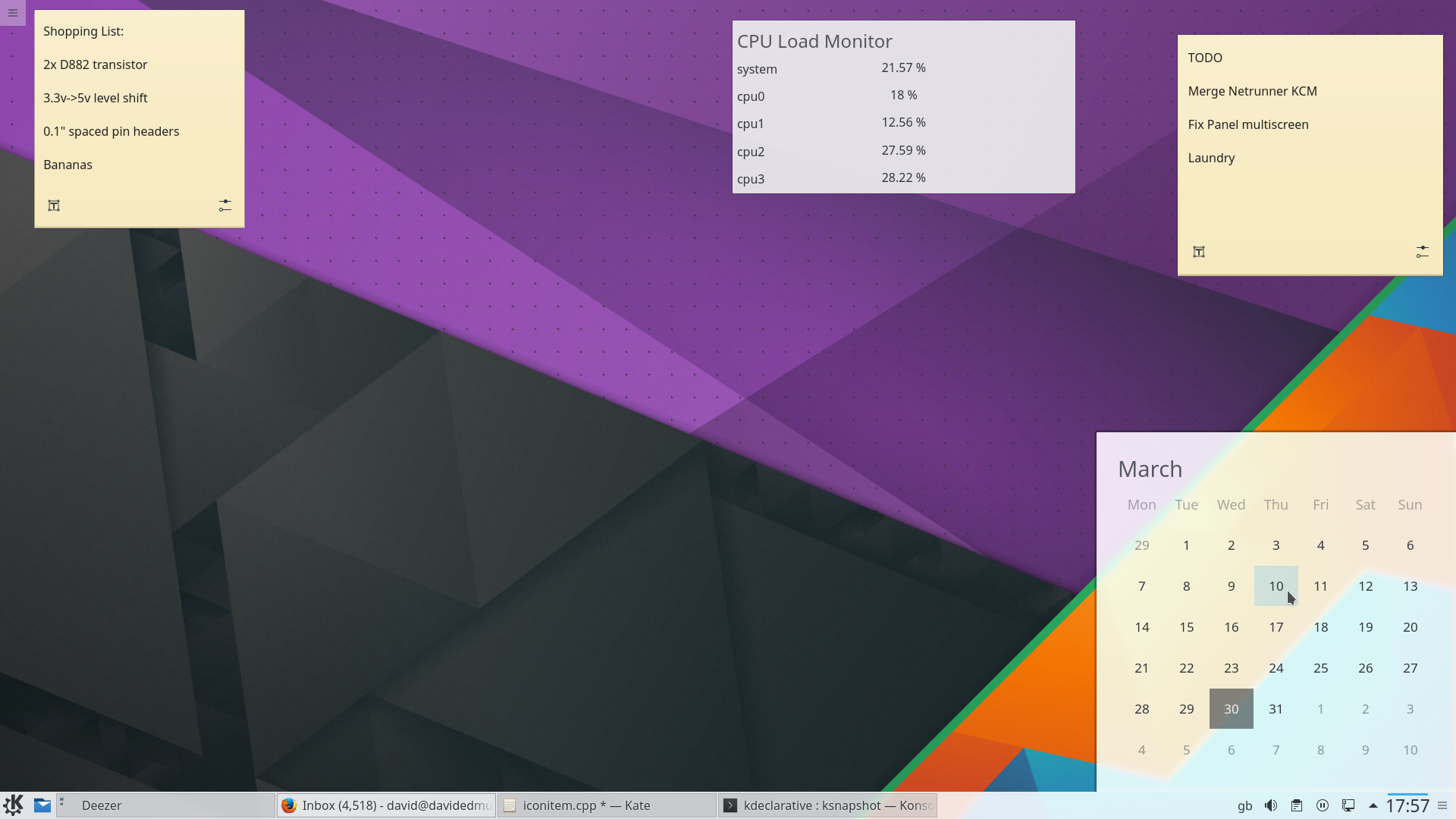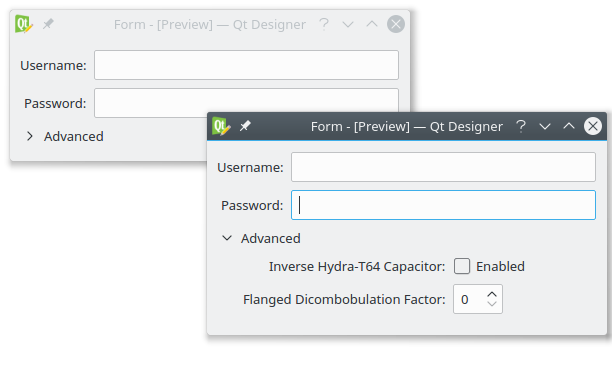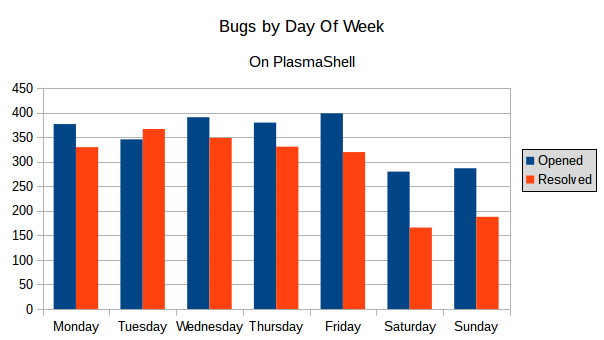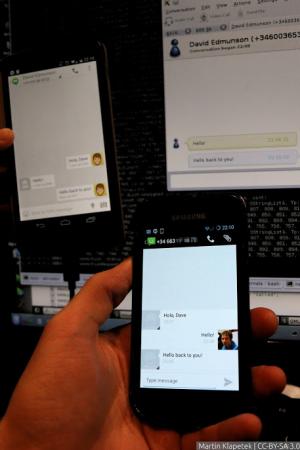The Randa meeting starts this week, and I'll be working with the KDE multi-platform group, being led by Aleix Pol, and will be spending my time working on both flatpak (formerly xdg-app) and Snappy.
During this past week I have been brought into some technical discussions about deployment on both platforms; so I intend to spend my time working closely with other interested developers solving problems that affect either platform as there is a lot of overlap. Tackling these independently doesn't make sense.
These two emerging technologies both have a lot of potential to revolutionise Linux packaging and distribution with either being a huge boost over the current state.
Both are going to become relevant in the Linux world over the next few years, and the important thing is making sure our software works best for our users whatever the platform.
So far over this week I've spent some time fixing KDE flatpak applications, in particular fixing multiple problems we've encountered with Dolphin; namely being able to load plugins and making kio slaves work.
In the meantime I've been testing out packaging some Snappy apps, packaging and running a few applications.
Over the week I'll write some more in depth blog posts, exploring the state of each, where we have problems deploying our apps, and hopefully some concrete solutions 🙂
Be sure to sponsor the sprint to help pay for developers from around the world to come together to work on important projects and be sure to follow PlanetKDE for blog posts about software developments from the people here.









